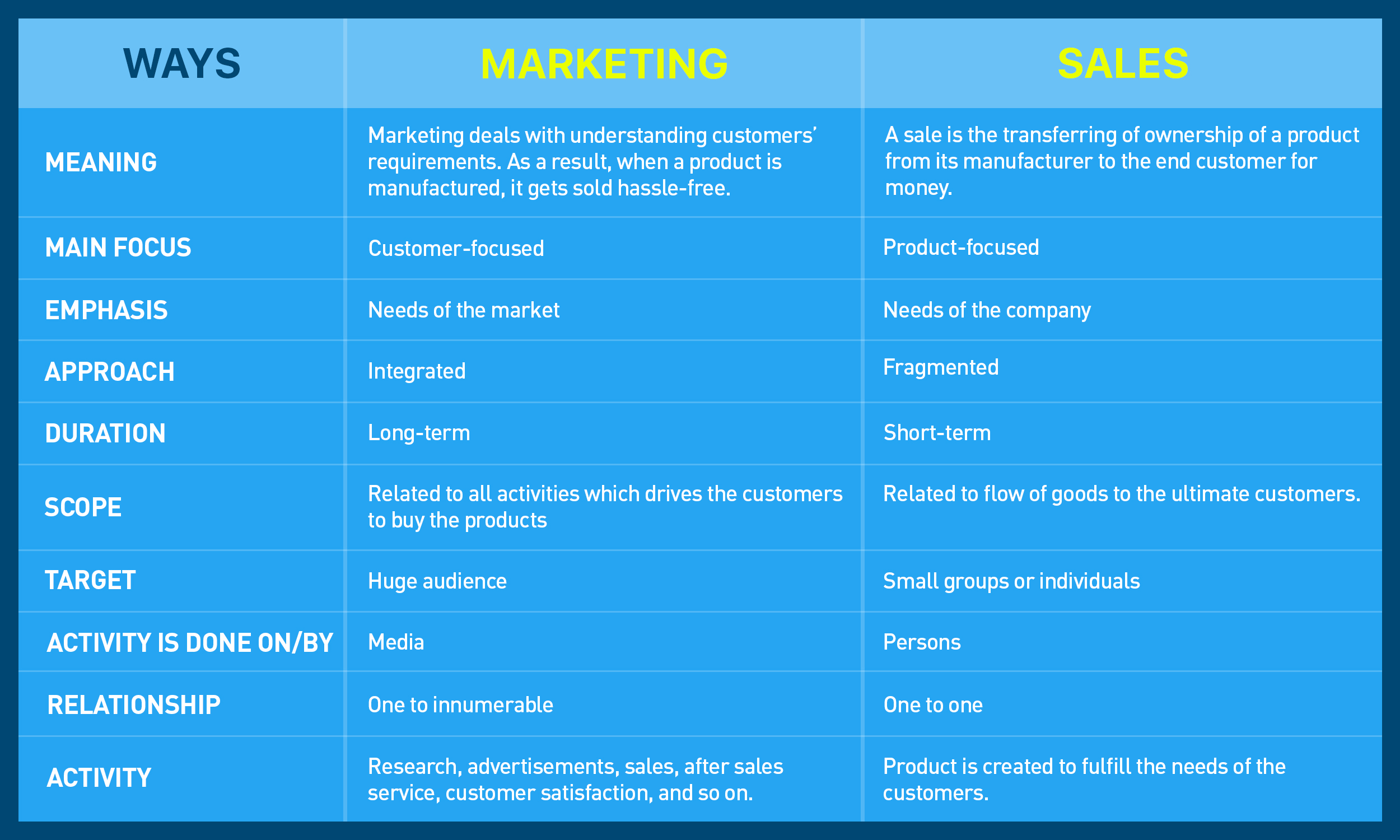Conversational marketing fosters real-time engagement and relationships through personalized interactions. This is particularly helpful for SMEs struggling to connect with customers.
In Singapore’s competitive market, leveraging targeted messaging and intelligent chatbots could be a differentiation strategy.
Here’s how to effectively adopt conversational marketing.
Why Use Conversational Marketing?
Conversational marketing enables businesses to engage customers on a personal level at scale.
Chatbots provide tailored recommendations or answers to frequently asked questions, making people feel valued.
For example, a café could leverage a chatbot to take reservations, recommend dishes based on past orders, or answer menu questions.
1. Set Up Your Chatbot
Getting started with a chatbot doesn’t require complex coding skills.
Begin by identifying common customer questions to program responses.
User-friendly platforms like ManyChat simplify integrating bots on your website or social channels.
For instance, a bookstore’s bot could provide instant recommendations and check availability based on individual preferences.
2. Personalize Customer Interactions
Collecting data through conversations allows greater personalization.
If a chatbot recognizes that a customer mainly purchases nonfiction, future messages could highlight relevant new releases or promotions that match their interests.
Tailored interactions make people feel understood, boosting engagement and sales.
3. Enhance Customer Service
Chatbots enable 24/7 automated support but should escalate complex issues to human agents seamlessly.
For example, if a customer complaint requires nuanced handling, the conversation should be transferred smoothly to ensure a resolution.
The combined human and bot approach enhances overall customer satisfaction.
4. Streamline the Sales Process
Chatbots can guide customers through purchasing by suggesting complementary products or upgrades, turning simple interactions into upsell opportunities.
For example, a bot for a beauty retailer might recommend an anti-aging face cream to a customer buying a cleanser.
5. Collect and Analyze Feedback
Seek quick customer feedback through conversational tools to continually improve offerings.
A simple post-interaction survey can provide invaluable insights into pain points.
Prompt analysis allows businesses to address issues in near real-time, optimizing experiences.
6. Train Your Team
Ensure your staff can fully leverage these tools by providing ongoing training on managing chatbots, interpreting data, and enhancing conversations with a personal touch.
As features evolve, consistent upskilling helps them deliver next-level customer service through new capabilities.
7. Monitor Performance and Adjust Strategies
Continuously track key metrics like engagement rates, conversion figures, and satisfaction scores to refine approaches over time.
For example, low response rates may indicate the need for re-targeting.
Performance monitoring allows businesses to optimize conversational marketing efficiency.
Final Thoughts
For Singapore’s SMEs, conversational marketing fosters personal connections that boost engagement and sales.
Combining the right tools with tailored interactions, prompt feedback analysis, and ongoing performance monitoring can give you a competitive edge. And help you deliver a personalized experience to potential customers.
If you need help, get in touch with a digital marketing agency in Singapore and work together to plan and execute a smart conversational marketing strategy.






